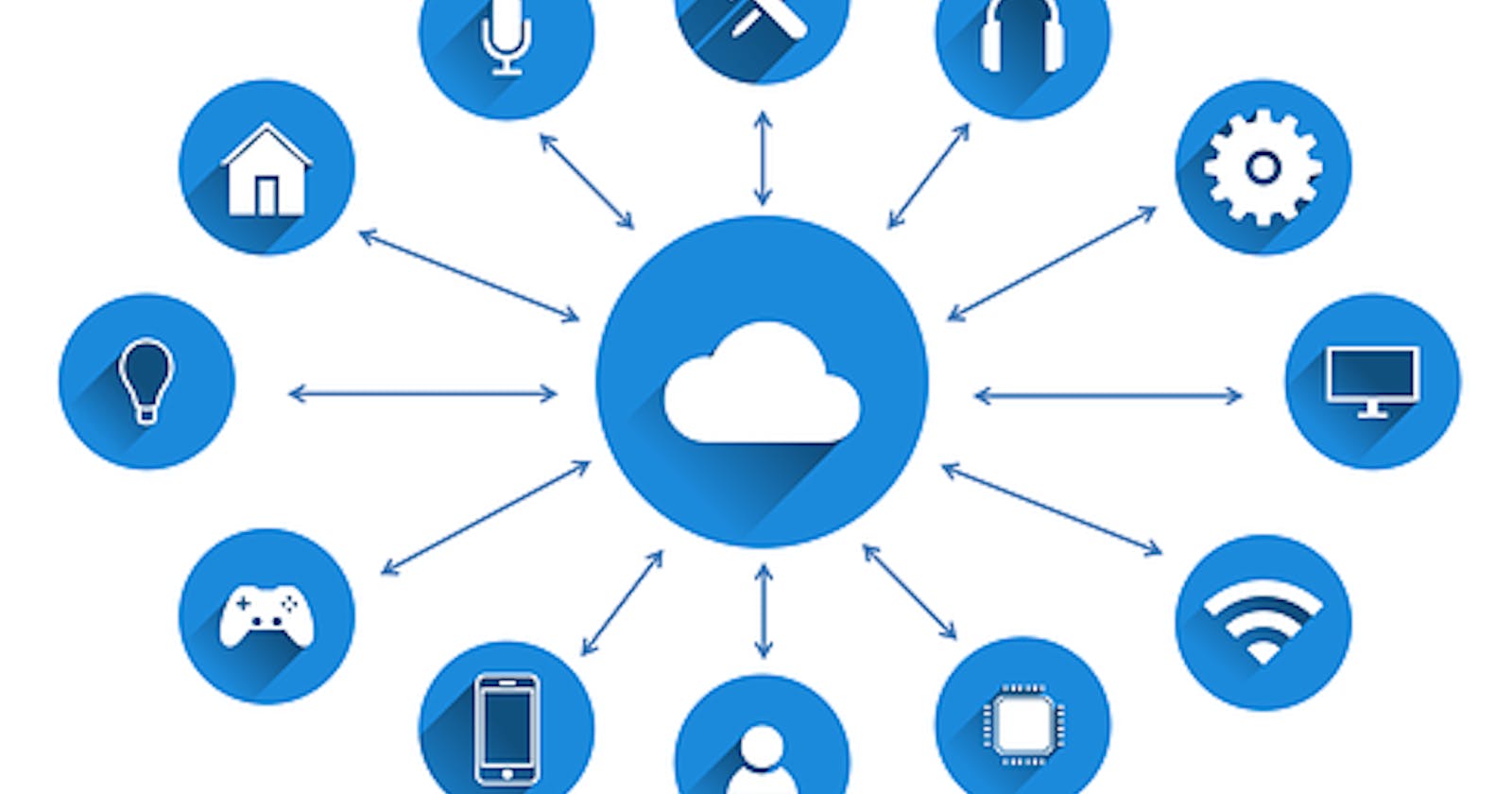Cloud computing involves the delivery of IT resources (database, compute power, security, application) over the internet. The cloud serves as a virtual data centre that can be accessed via the internet.
There are cost savings for organisations since they no longer have to build and maintain data centres once all data is hosted on the cloud
Characteristics of Cloud Computing
- Pay-as-you-go: You only pay for the cloud features that you use. You don't get charged for services that you do not need. You sometimes pay by the hour, minute or second based on usage.
- Autoscaling: The number of active servers grows or shrink based on the demand from your code and users.
- Serverless: You have nothing do worry about when it comes to servers. The cloud provider (AWS, Google Cloud, etc.) manages the servers for you. The developer only has to write code. 😉
Benefits of Cloud Computing
High availability
Unlimited computing capacity
On-demand scalability
Cloud Deployment Models
- Public cloud: They make resources (servers, databases, applications, etc.) available to the general public over the internet.
- Private cloud AKA On-premises : This is an internal data centre or a proprietary network that supplies services to a limited number of people. It is mostly internal to a specific company.
- Hybrid Cloud: This is a combination of both public and private models. For example customer data can be stored internally for security whiles the web applications that communicate with the data is store in the public cloud.
NB : The cloud provider is responsible for security on the cloud. We are responsible for security in the cloud.

